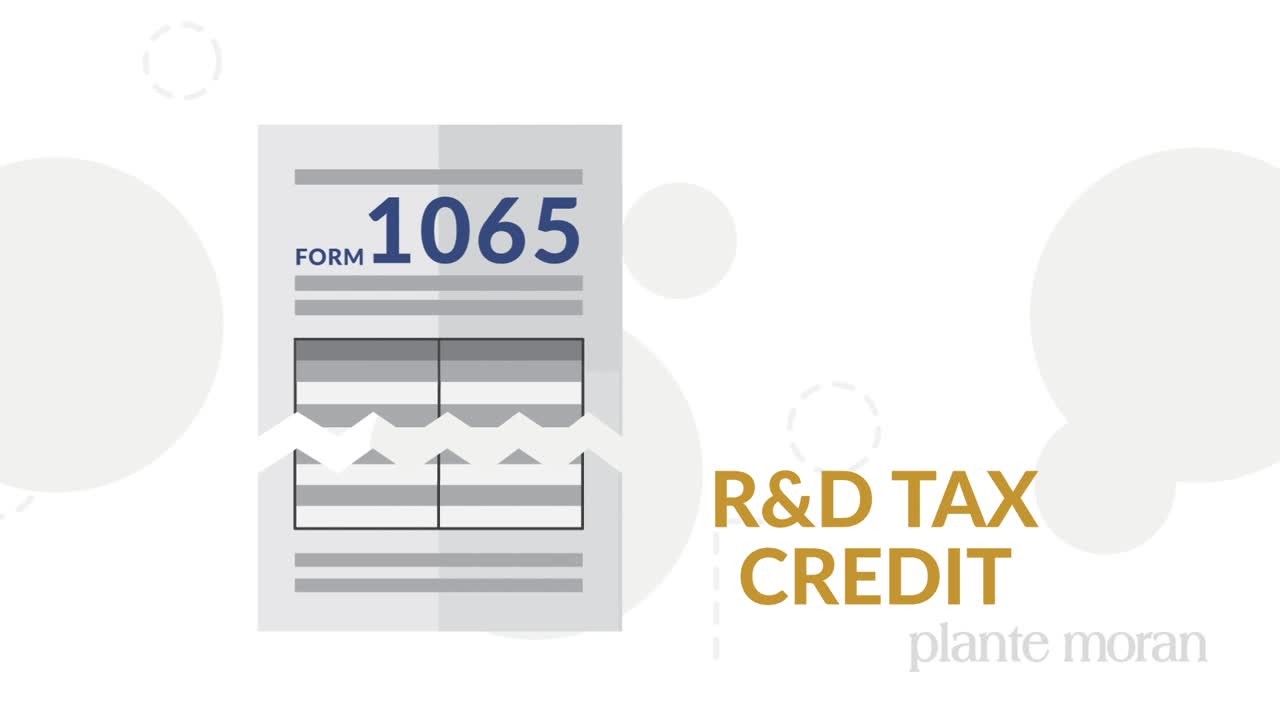The research and development (R&D) tax credit is a credit on your income tax return, not a deduction. That means, dollar for dollar, you can reduce your tax liability, in addition to deducting any eligible R&D expenses.
R&D tax credit: How do you qualify?
We’ll look at your activities and projects performed during the tax year to see if they meet the IRS’ definition of R&D, which is based on four criteria:
- The purpose of the activity must be to improve the function, performance, reliability, and quality of a product or process.
- There has to be some technical uncertainty — is it even possible to develop and improve this product or process?
- Experimentation is required. Because of the uncertainty, testing or analysis must be done to evaluate alternatives.
- The activity needs to be technological in nature and based in science: biology, chemistry, computer science, and engineering all qualify.
What are the eligible expenses for the R&D tax credit?
Once we’ve determined you’ve met the criteria, we’ll begin assessing the three eligible expenses associated with the activity, which are:
- Wages for any employee directly supporting or supervising the R&D activities.
- Supplies used in the process of experimentation such as prototypes or raw materials.
- Expenses associated with any outside service used during the research process from contract engineers, consultants, developers, outside lab testing, or the like.
After adding up the qualified expenses, we determine the credit by comparing your R&D spend for the current tax year to the average spent over the last three tax years. As long as more than half of the three-year average is spent, you can expect to receive an R&D tax credit.
What activities don’t qualify for the R&D tax credit?
There are some exceptions as to what qualifies for the credit — the following activities wouldn’t qualify:
- Any research or activities conducted outside the United States
- Any activities that could be considered routine maintenance or quality control
- Surveys or polls
- Reverse engineering or a duplication of an existing process or product
- And social science or economic research
We can help
We can help you get the most out of your R&D tax dollars. The R&D tax credit is closely monitored by the IRS during the audit process, so documentation such as notes, test results, time tracking data, cost data, and evidence of technological uncertainty or scientific experimentation is necessary to substantiate the credit.
Contact our authors
Do you think your business may qualify? Ensure you’re maximizing your R&D tax credit. Reach out to our team to get started.





